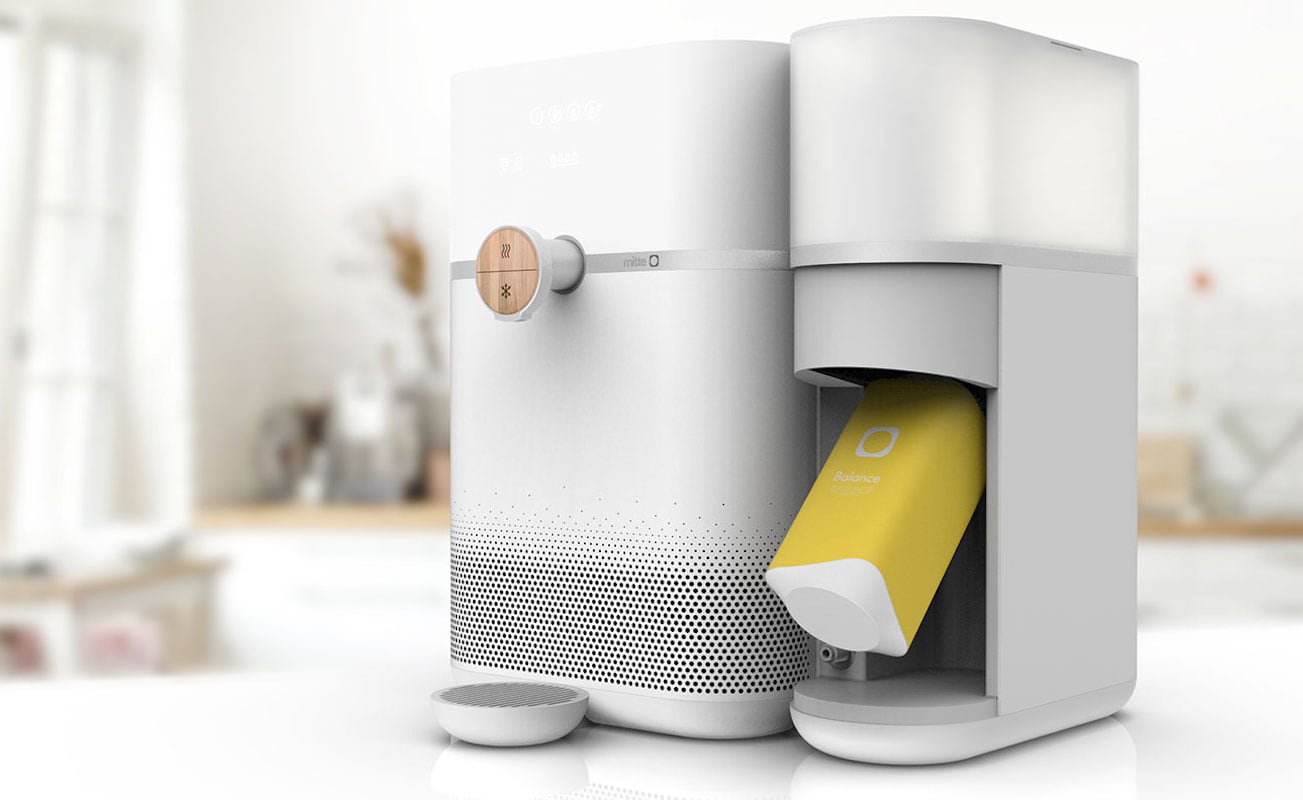It’s one thing if you just need to pull the cover. This is a very different problem if your furnace works badly or doesn’t work at all.
With the experience of do-it-it-yourself, you can solve the problem and repair your furnace. Your best bet is having a maintenance checklist for your heating system to avoid problems.
Today I have something that will make you feel knowledgeable about tackling stove repair. you can also check at https://furnace-repair-calgary.ca
Some general furnace problems and how to fix them now.
Do you have a conventional gas furnace or understanding of high-efficiency gas furnaces how your furnace/warming work is important? You need to understand the basic work tool so you know what to look for when something is wrong.
Let’s look at conventional furnaces and tips for resolving more general problems. (If you feel uncomfortable with these do-it-yourself steps, then make service calls to trust professionals. Saving a few dollars is not worth the uncertainty or dangerous event involving the furnace.)
Check your thermostat to make sure it’s active/ ON
This might sound ridiculous, but check the thermostat to make sure it is set on “hot” and it’s set at least five degrees above the room temperature. You might be surprised how many service calls were made without checking this!
Here are some thermostat checks to do yourself:
Step 1: Check the battery on the thermostat. You might need to change the battery on your thermostat. If your home thermostat unit runs on the battery, make sure you change it at least once a year, or as needed.
Some thermostats are transferred to the home electrical system, while others use batteries. How is powered? Sometimes those who use the battery will flash the battery symbol low when they need a replacement.
Step 2: Open the thermostat and blow dust or any debris that might be clogged.
Step 3: Make sure this date and time are correct on the electronic model or can be programmed – the system might be on the timer.
Step 4: Check the breaker. If on, turn off the breaker and check the fuse for the furnace.
The furnace does not produce heat – Try to reset the circuit breaker of the house
There are some small reasons why this can happen. First, make sure that the thermostat is set to “Heat.” Then, try moving the button up or down some degrees to check whether the real difference is felt.
If there are no results, check to see if maybe the circuit breaker or fuse is stumbled or blown.
How to test the house breaker:
Go to the panel of your home breaker and look for a circuit that controls the furnace. You want to see if it’s thrown into the “Off” position, or is it in the middle.
- Manually breaker test. Turn back and forth.
- Make sure it lives in the “On” position.
This will reset the breaker. If this doesn’t work, you have a problem with the cable on the circuit or circuit breaker itself.
The furnace does not produce enough heat – check and change the clogged filter
The furnace that struggles to produce heat is a different thing than one that somehow stops working.
In the case of poorly performing stoves that do not heat the house enough, first, make sure that the air filter is clean and in good condition, if not new.
Check and change the clogged filter
This is a simple but important part of furnace maintenance. One of the most common reasons to have a furnace that does not function is a clogged filter. It is also the easiest maintenance task.
- Replacing your furnace filter regularly is a fast and simple task, and runs away in protecting HVAC components and improving air quality in you.
- Find your filters – some furnaces have their filters in the intake. It’s likely to look like grated on the floor, ceiling, or wall. Another filter is in the furnace itself.
- Check your filter – you can find out if the time has come to change it by holding it to light. If there is no shining light, the filter needs to change. The smell is dusty and dirty from ventilation when the blower is lit is another good sign you have to change your furnace filter.
- Change your filter – Make sure your furnace is turned off. There is no air to come out. Check the direction of your filter points. Filters are made to trap the material blown from one direction. Installing your filter reversed can reduce its effectiveness.
Cleaning debris that accumulates on your filter will help with the airflow. When your air filter is clogged, your air handler must work harder to compensate for the blockage of airflow. In addition to repeating your utility bill, the air flow reduces through the heating system and your cooler can cause your heat exchanger too hot and deadly too fast.





